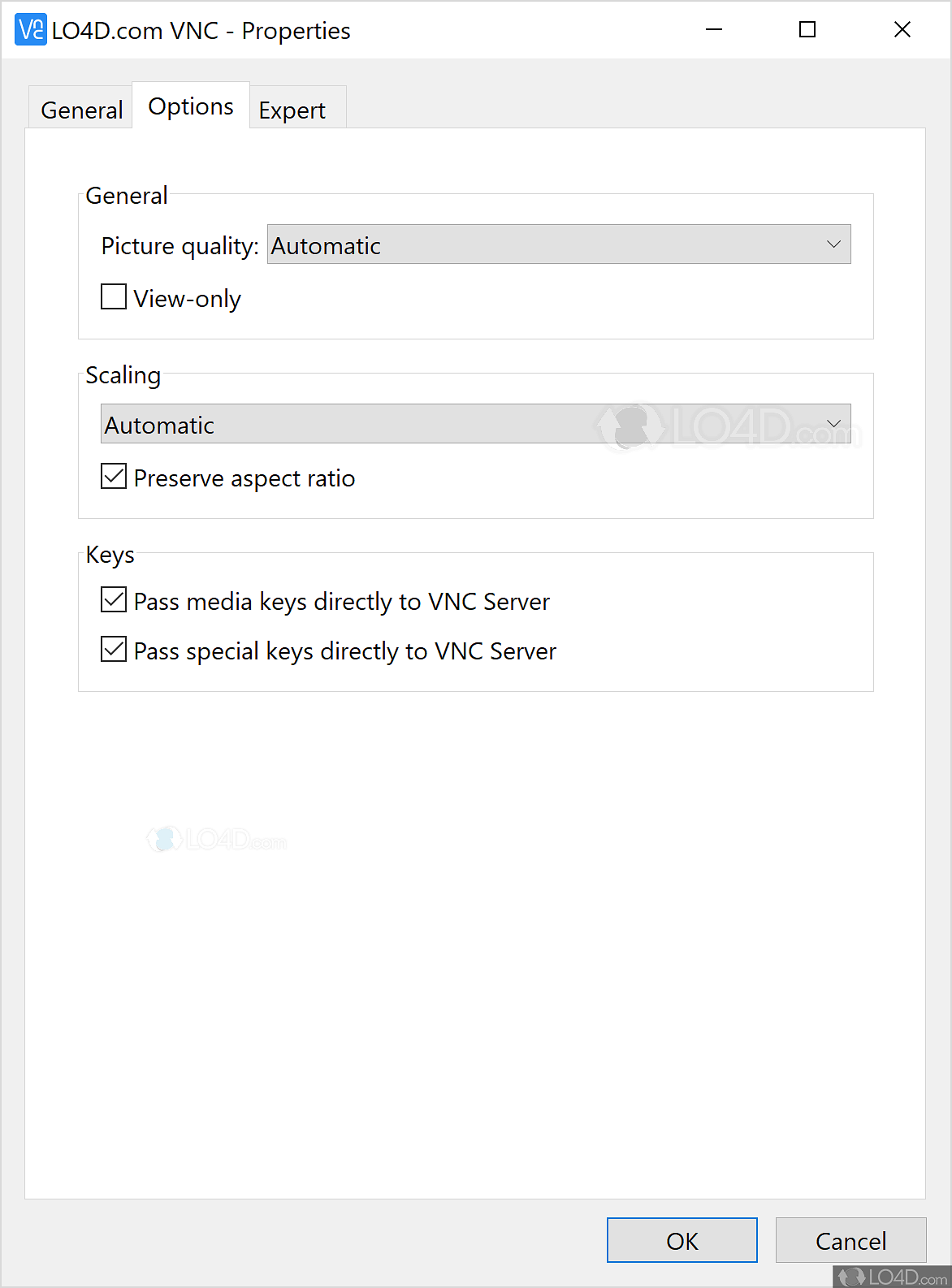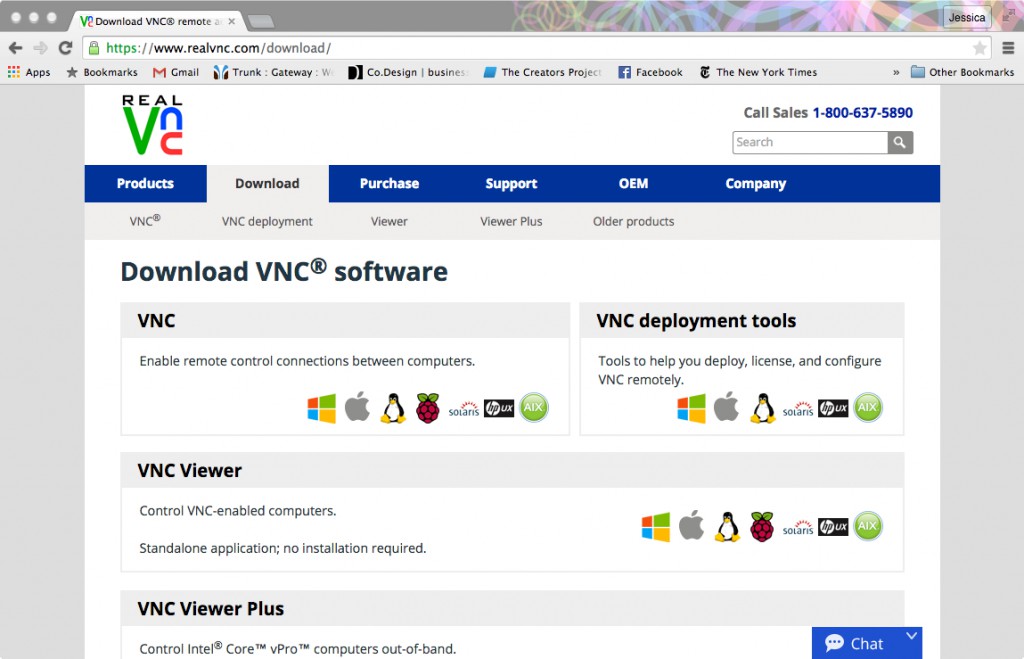Pi IoT VNC Viewer: Free Remote Access Guide For Windows 10 & More
Are you ready to unlock the full potential of your Internet of Things (IoT) projects from anywhere in the world? By leveraging the power of remote access tools like Pi IoT VNC Viewer, you can transform the way you interact with your Raspberry Pi devices, gaining unparalleled control and efficiency.
The realm of IoT is rapidly evolving, and the ability to manage your devices remotely is no longer a luxury, but a necessity. With the availability of free and user-friendly tools for Windows, such as VNC Viewer, you can effortlessly take the reins of your IoT endeavors without incurring hefty expenses. This allows you to monitor, troubleshoot, and even reconfigure your devices from a distance, regardless of your physical location.
Imagine being able to access your Raspberry Pi, controlling its functions, and retrieving data, all from the comfort of your home or office, or even while you're traveling. Remote access enables you to do just that. You'll eliminate the need for on-site visits, saving valuable time and resources. This capability is particularly beneficial for developers, hobbyists, and IT professionals working with IoT projects, enabling a more streamlined and efficient workflow.
- Legendary Love Cannon Latest News Updates Discover Now
- Lisa Salvadorini News 12 Latest Updates Insights
For those venturing into this domain, here's a breakdown of the core components you'll need to get started. First, you'll want to install a VNC server on your Raspberry Pi. This server acts as the gateway, allowing remote connections. Simultaneously, download and install a VNC viewer on the device you intend to use for remote access, be it your phone, a laptop, or a desktop. Both VNC server and VNC viewer are typically free and provide a secure method of remote access.
In addition to the software, a stable internet connection is crucial. Furthermore, you'll need either a static IP address for your Raspberry Pi, which remains constant, or a dynamic DNS (Domain Name System) service configured on your network. Dynamic DNS services help you by associating a hostname with your dynamically changing IP address, making it easier to connect to your Raspberry Pi.
There are several reliable and free VNC viewers available. RealVNC Viewer and TightVNC Viewer are popular choices. RealVNC, in particular, offers a seamless experience when paired with its corresponding server software installed on your Raspberry Pi. The RealVNC Connect setup app streamlines this process, making it easier for beginners to set up and configure their remote access environment.
Here is a detailed table regarding the software requirements and setup
| Component | Description | Requirements | Setup Steps |
|---|---|---|---|
| VNC Server | Software running on the Raspberry Pi that allows remote access. | Raspberry Pi with a stable internet connection. |
|
| VNC Viewer | Software installed on your computer or mobile device to connect to the Raspberry Pi. | A computer or mobile device with a stable internet connection. |
|
| Internet Connection | Necessary for communication between the Raspberry Pi and your remote device. | A stable internet connection on both the Raspberry Pi and the remote device. | Ensure your home network and the network of your remote device are online and connected. Check your internet speed. |
| Static IP or Dynamic DNS | Needed to ensure a reliable connection to your Raspberry Pi. | Access to your router configuration, or a Dynamic DNS service account. |
|
Reference: RealVNC Viewer Official Website
Beyond the core setup, there are additional tools and techniques that can enhance your remote access experience. SSH (Secure Shell) is a powerful protocol for establishing secure connections and command-line access to your Raspberry Pi. For Windows users, PuTTY is a popular choice for SSH connections. This is incredibly useful for tasks like transferring files, running commands, and troubleshooting.
File transfer is also made easy through VNC viewers. To transfer files to your Raspberry Pi, access it via the VNC viewer, and then click the menu at the top of the screen. From there, choose "Transfer Files," which opens the file picker. You can select the files you need and upload them directly to your Pi.
For those wanting to take their remote access capabilities to the next level, explore the options for setting up a secure connection. You can configure SSH tunnels, which encrypt the data transmitted between your device and the Raspberry Pi. Furthermore, you can modify the default ports used by VNC and SSH to enhance security.
If you're looking for a comprehensive guide to remote access, downloading and installing RealVNC Viewer and RealVNC Server together using the RealVNC Connect setup app is highly recommended for the best experience. It simplifies the process of establishing a remote connection. Ensure you download the free RealVNC Viewer app on every computer or mobile device you want to connect from.
For a deeper dive into the subject, a comprehensive SSH remote IoT device tutorial can prove useful. Also, having the right tools and software will greatly improve remote access. You can download free tools for remote access, enabling seamless control over your IoT projects without incurring additional costs.
In the event you encounter any hitches or uncertainties, don't worry. Numerous online resources provide assistance, and you can always research the issue or seek help from the community forums. Remember, with a bit of dedication and a willingness to learn, you can master remote access for your Raspberry Pi projects and unlock a whole new world of possibilities.
The ability to remotely control and monitor your Raspberry Pi devices provides significant benefits for IoT enthusiasts. Whether you are a hobbyist, developer, or IT professional, the ability to manage your devices from anywhere can greatly enhance your workflow.
The use of remote VNC servers on Raspberry Pi devices can also streamline workflows and enhance applications. Setting up VNC on Raspberry Pi allows for simple and easy remote access, a must for any IoT project. This provides a secure and efficient solution for managing devices securely.
Many people connect to their Raspberry Pi via RDP (Remote Desktop Protocol) or a VNC viewer on a Windows PC. VNC viewer offers secure and seamless remote access to your Pi. To connect, simply download and install VNC viewer on your computer or mobile device, then enter your Pi's IP address in the viewer application.
For the best experience, utilize RealVNC Viewer and RealVNC Server together. They simplify the remote access process and provide a smooth experience. Remember that when you first run VNC Viewer, you'll need to accept the End User License Agreement (EULA).
Remote access also facilitates efficient file transfer. By using the VNC viewer preview window, you can easily transfer files between your PC and your Raspberry Pi. With a simple click of the "Transfer Files" option, you can select and upload files for use on your remote Pi.
Ultimately, controlling your Raspberry Pi from a distance simplifies many complex tasks. It allows for the easy transfer of files, secure internet access, and remote control. The ability to master remote control, file transfer, and secure internet access for your Pi is an invaluable skill.
If you're a beginner, the process may seem daunting, but several resources provide detailed instructions and advice. A comprehensive guide to remote access will help you through each step, from setting up the server on your Raspberry Pi to connecting from your preferred device.
Don't forget the value of using an SSH connection, especially for Windows users. Using a tool such as PuTTY will ensure secure and reliable access to your device. This is another critical tool for managing your Pi from afar.
In summary, the ability to remotely access your Raspberry Pi is a powerful tool for IoT enthusiasts. Through the use of free software like VNC Viewer, alongside the installation of a VNC server on your Raspberry Pi, you can control your devices from anywhere. Add in file transfer capabilities and secure internet access, and you have the tools to make your IoT projects a success.
Here is a list of the software mentioned in the above content:
| Software | Description | Usage | Platform |
|---|---|---|---|
| RealVNC Viewer | A VNC viewer for accessing remote desktops. | Connecting to a Raspberry Pi for remote access. | Windows, macOS, Linux, iOS, Android |
| RealVNC Server | A VNC server for Raspberry Pi. | Enabling remote access to Raspberry Pi. | Raspberry Pi |
| TightVNC Viewer | Another VNC viewer for remote access. | Connecting to remote desktops. | Windows, Linux |
| PuTTY | A popular SSH client for Windows. | Establishing secure SSH connections to Raspberry Pi for command-line access. | Windows |



Detail Author:
- Name : Shaniya Monahan
- Username : obergstrom
- Email : lura82@hotmail.com
- Birthdate : 1998-05-15
- Address : 5824 Gisselle Station Apt. 319 Lake Hannah, GA 93535
- Phone : 864-229-7850
- Company : Thiel-Walker
- Job : Lodging Manager
- Bio : Sit ipsam enim natus ab quo amet sunt. Aut at ut non dolor. Tempore consequatur nobis rerum exercitationem repudiandae ea.
Socials
twitter:
- url : https://twitter.com/wava_official
- username : wava_official
- bio : Eligendi eveniet vitae facere tenetur. Minima aliquam unde eum sapiente magnam. Est aut accusamus quia excepturi omnis voluptatem.
- followers : 3598
- following : 578
tiktok:
- url : https://tiktok.com/@wavadaugherty
- username : wavadaugherty
- bio : Autem rem rerum omnis nemo.
- followers : 2050
- following : 418
linkedin:
- url : https://linkedin.com/in/wava_real
- username : wava_real
- bio : Nam quisquam consectetur eum.
- followers : 3644
- following : 2046
facebook:
- url : https://facebook.com/daugherty2004
- username : daugherty2004
- bio : Hic voluptatibus quos hic.
- followers : 6225
- following : 1656